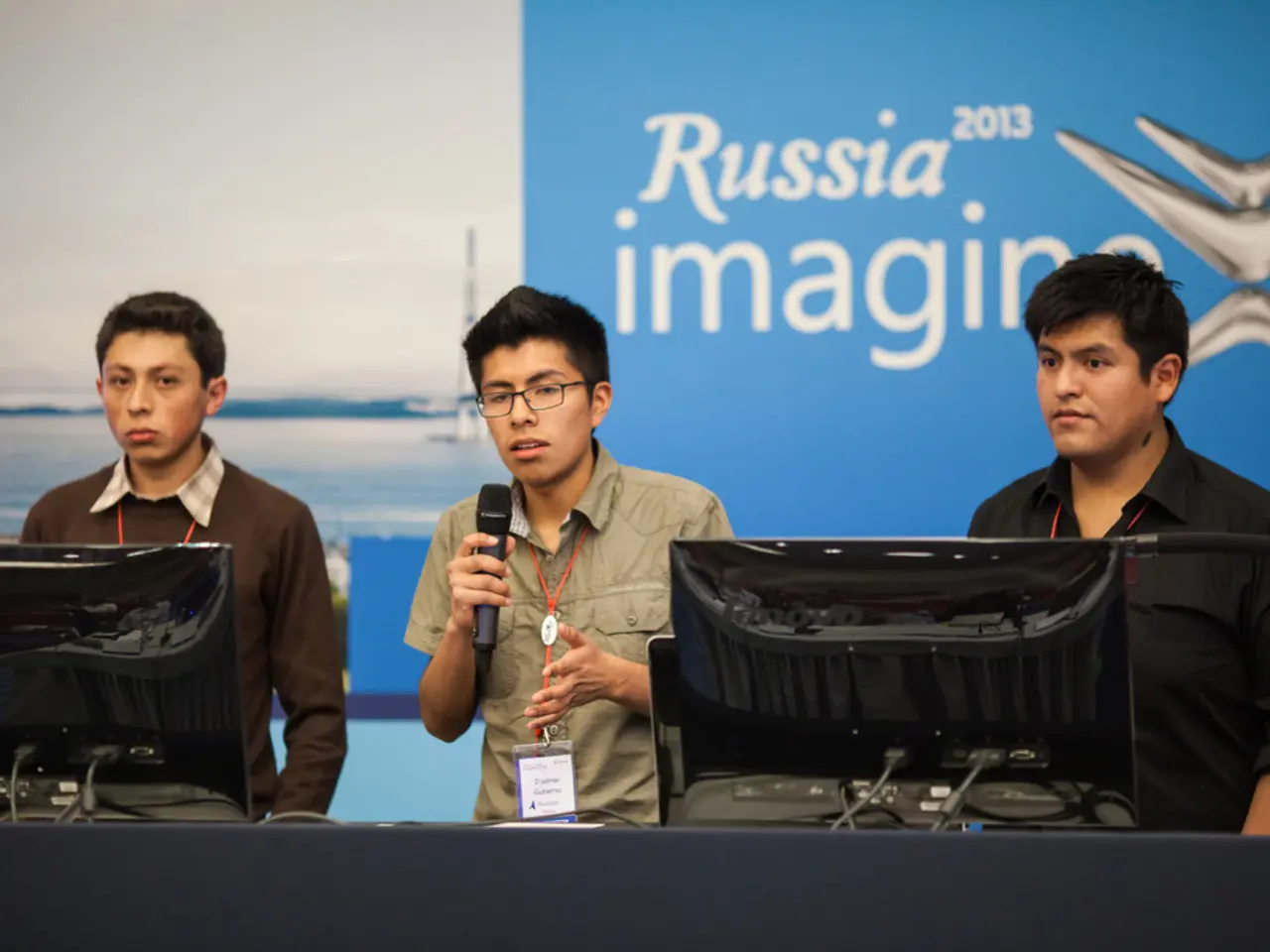Consultations Held on Draft Directive for Safeguarding Workers from Radiation Hazards
Germany is currently grappling with a significant shortage of skilled labor, with over 1.3 million job positions remaining unfilled [4][3]. This shortage is particularly pronounced in critical sectors such as sales, childcare, and social work, with projections indicating a deficit of tens of thousands of skilled workers as early as 2026 [1].
To tackle this challenge, the Chamber of Industry and Commerce (IHK) has proposed several key solutions. One of the primary strategies involves actively recruiting skilled workers from abroad to fill the gaps that domestic labor cannot cover [3][4]. The IHK estimates that around 288,000 skilled immigrants are required annually to sustain the economy.
Another strategy is to enhance training and vocational education. While specific details were not provided, the IHK traditionally emphasizes strengthening Germany's dual vocational training system to better match skills with labor market demands.
The IHK also suggests improving conditions to retain the workforce. This includes advocating for better work-life balance, career development, and workplace conditions to reduce attrition.
Targeted recruiting in industries with acute shortages is another part of the IHK's approach. By focusing recruitment efforts on sectors with the largest deficits, such as childcare and social work, a tailored approach can be implemented based on forecasting data [1].
In addition to these measures, the IHK demands that politics improve the framework conditions to address the shortage of skilled labor. This includes reducing bureaucracy and integrating immigrants living in Germany into the labor market more effectively.
The IHK has also launched a campaign for the local elections in September, highlighting the importance of addressing this issue at a local level. The organization attributes the shortage of skilled labor, in part, to the preference of many individuals to attend university instead of pursuing an apprenticeship after school.
In conclusion, Germany's response to the skilled labor shortage involves a blend of sourcing talent internationally with domestic initiatives to better prepare, retain, and match workers to market needs. This approach, shaped by forecasts and business feedback analyzed by organizations like the IHK, ensures that both immediate and long-term labor market demands are addressed to maintain economic stability [1][3][4].
- The IHK has emphasized the importance of strengthening Germany's dual vocational training system to better match skills with labor market demands in the context of addressing the skilled labor shortage.
- The IHK's approach to tackling the acute shortages in specific sectors like childcare and social work involves focusing recruitment efforts on these sectors based on forecasting data.
- As part of its strategy, the IHK advocates for better work-life balance, career development, and workplace conditions to reduce attrition and improve conditions to retain the workforce.
- The IHK attributes part of the skilled labor shortage to the preference of many individuals to attend university instead of pursuing an apprenticeship after school, and its campaign for the local elections in September highlights the importance of addressing this issue at a local level.




